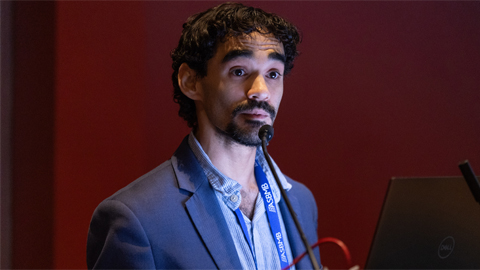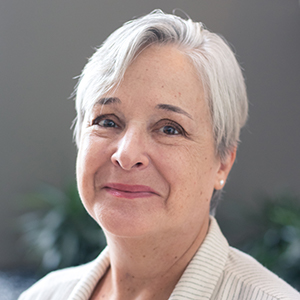Diversity matters
From preschool through third grade, my son’s teachers were all women over the age of 50. This is not unusual. According to census data, more than 80% of elementary and middle school teachers are women, and their average age is mid-40s.
But then, in fourth grade, my son was assigned to a class taught by a young man in his late 20s or early 30s. And this was a huge deal. Mr. Schwartz was not only young — he was supercool. He gave each student a pizza box to store their classwork in, and these boxes were kept stacked in a corner of the room as though a big party were perpetually in progress. On the weekends, Mr. Schwartz and a friend of his (also a male elementary school teacher) did science shows. Parents could hire them to come to a kid’s birthday party dressed in lab coats and do experiments that involved plenty of smoke and slime.

I don’t know if my son’s life trajectory was changed by fourth grade — he didn’t become a teacher or a scientist — but I remember that he was sublimely enthusiastic about going to school that year. He never had disliked any of his previous teachers; he was quite fond of some of them. But this was different. Different in the same way it had been for me, about 10 years earlier, the first time I received communion from a (then still rare) woman Episcopal priest.
I recently read a Twitter thread by Preston Igwe, a Black doctor at a Veterans Affairs hospital, describing a Black patient’s response on meeting him: “Brother, I’ve been coming to the VA since 1970. And I’ve NEVER seen a Black doctor.” After his exam, the patient told an attending physician, “You need to keep him! He’s the first doctor I’ve ever had that looks like me.”
As we move through life, all of us need to see people who look like us doing work that we and our society value. We want to see that race, gender, ethnicity, nationality and all the other dividers in the world are not barriers. But they still are. And a hefty portion of the valued jobs in the world still go to white men.
Some employers, including universities, would like to break the ongoing cycle of discrimination and diversify their workforces. However, if they solicit or hire candidates based on race and ethnicity, they run into accusations of (you guessed it) discrimination.
To mix up a few metaphors, this is both a delicate dance and a tough nut to crack. In this month’s issue, our science writer, Laurel Oldach, explores ways in which universities are working to diversify their faculties without overtly hiring for diversity.
And though it’s critically important that members of historically marginalized groups see people who look like them in valued positions, it’s just as important for those of us who don’t live on the margins to see people who don’t look like us in those positions. See them, get used to seeing them, value them and learn from them.
Enjoy reading ASBMB Today?
Become a member to receive the print edition four times a year and the digital edition monthly.
Learn moreGet the latest from ASBMB Today
Enter your email address, and we’ll send you a weekly email with recent articles, interviews and more.
Latest in Opinions
Opinions highlights or most popular articles

Black excellence in biotech: Shaping the future of an industry
This Black History Month, we highlight the impact of DEI initiatives, trailblazing scientists and industry leaders working to create a more inclusive and scientific community. Discover how you can be part of the movement.

Attend ASBMB’s career and education fair
Attending the ASBMB career and education fair is a great way to explore new opportunities, make valuable connections and gain insights into potential career paths.

Benefits of attending a large scientific conference
Researchers have a lot of choices when it comes to conferences and symposia. A large conference like the ASBMB Annual Meeting offers myriad opportunities, such as poster sessions, top research talks, social events, workshops, vendor booths and more.

When Batman meets Poison Ivy
Jessica Desamero had learned to love science communication by the time she was challenged to explain the role of DNA secondary structure in halting cancer cell growth to an 8th-grade level audience.

The monopoly defined: Who holds the power of science communication?
“At the official competition, out of 12 presenters, only two were from R2 institutions, and the other 10 were from R1 institutions. And just two had distinguishable non-American accents.”

How I made the most of my time as an undergrad
An assistant professor of biology looks back at the many ways he prepared (or didn’t) for his future when he was in college.

